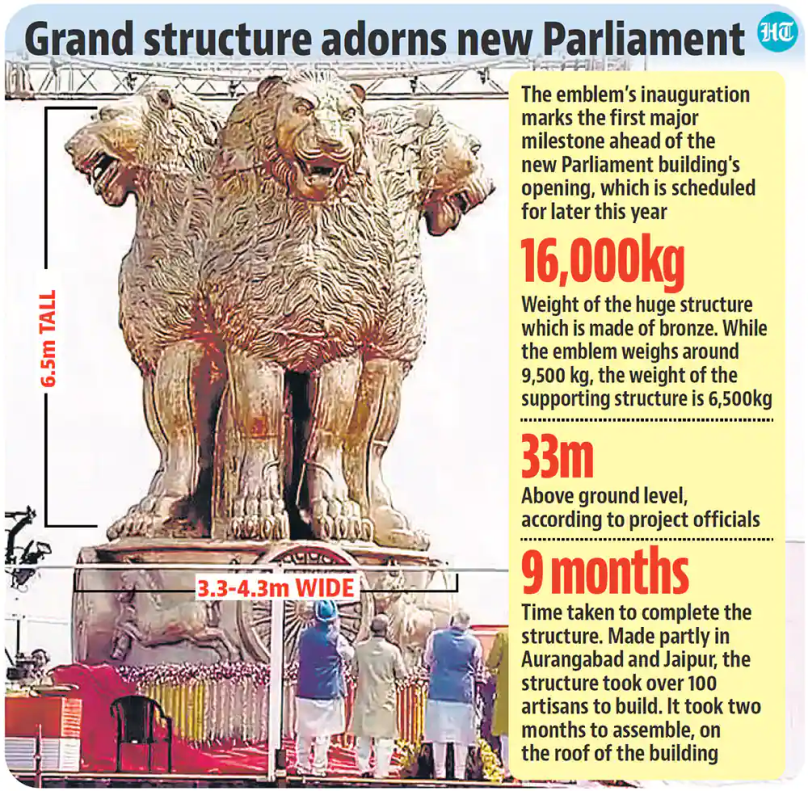Free Courses Sale ends Soon, Get It Now


Free Courses Sale ends Soon, Get It Now



Copyright infringement not intended
In News
Details
New Parliament Building
State Emblem of India
https://indianexpress.com/article/explained/national-emblem-crown-new-parliament-8022764/
https://t.me/+hJqMV1O0se03Njk9
© 2024 iasgyan. All right reserved